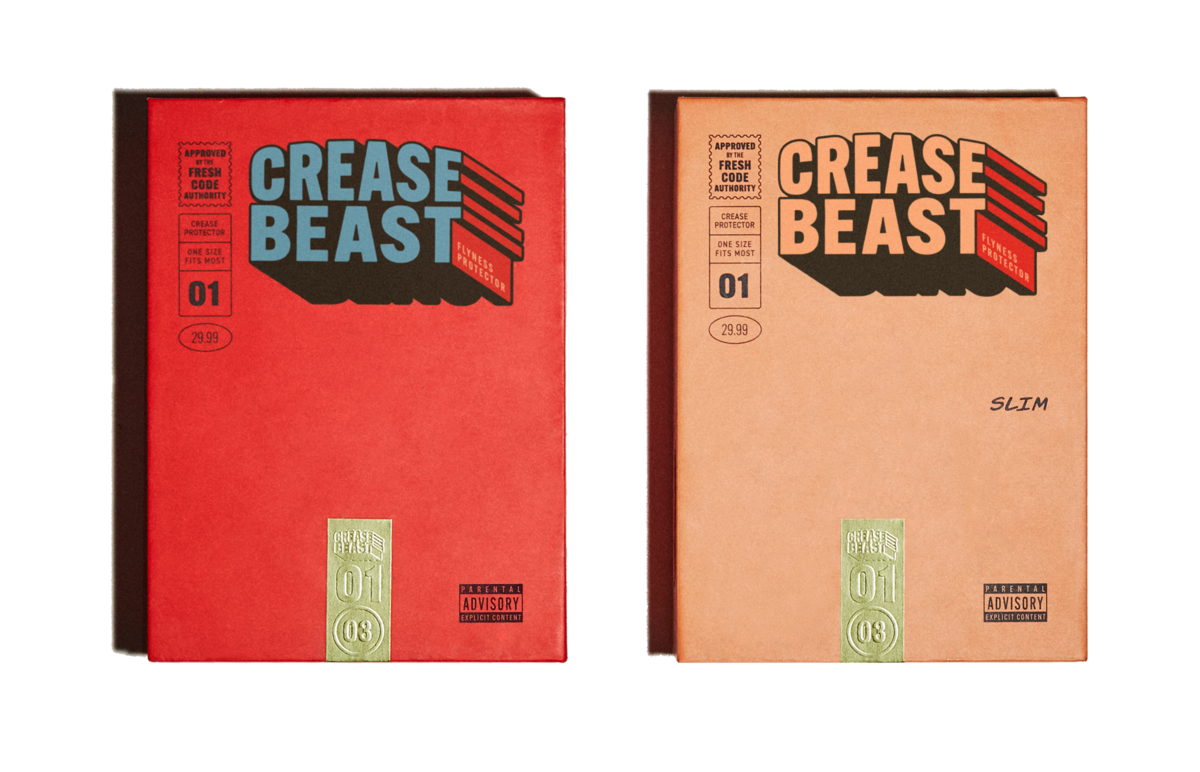Analyzing Crease Symmetry and Asymmetry
Crease symmetry and asymmetry play a crucial role in the aesthetics and functionality of various objects, particularly in the realm of footwear. The analysis of these factors is essential for designers, manufacturers, and even consumers seeking quality and comfortable products. By examining the patterns and characteristics of creases, we can gain valuable insights into the overall performance and longevity of footwear.
When it comes to crease symmetry, a balanced and equal distribution of folds on both sides of a shoe is desirable. This not only adds to the overall visual appeal but also contributes to ergonomic considerations. A symmetrical crease pattern suggests that the footwear is well-constructed and represents a harmonious balance between design and functionality.
On the other hand, crease asymmetry can occur naturally or as a result of various external factors such as uneven pressure distribution, gait patterns, or even particular movements. While some degree of asymmetry is expected due to individual differences, excessive or irregular creasing may indicate underlying design flaws or issues with the fit. Therefore, analyzing and understanding the nature of crease asymmetry is vital for identifying potential problems and enhancing the overall user experience.
Effective analysis of crease symmetry and asymmetry involves careful examination of various factors. One key aspect is determining the specific crease patterns. Different footwear types - be it sneakers, boots, or dress shoes - exhibit distinct creasing characteristics. By understanding the unique patterns associated with each type, we can evaluate and compare crease symmetry and asymmetry more accurately.
Additionally, consideration should be given to the materials used in the manufacturing process. Materials with natural elasticity and strength, like high-quality leather, tend to exhibit better crease symmetry and withstand asymmetry more effectively. Conversely, lower-quality materials may be more prone to crease irregularities and asymmetry.
It is worth noting that analyzing crease symmetry and asymmetry is not without its challenges. The tradeoff between aesthetics and functionality is a significant factor to consider. While perfectly symmetrical creases may be visually appealing, they may not always align with individual comfort requirements. Understanding these tradeoffs is crucial for striking the right balance and delivering optimal footwear experiences.
Furthermore, the impact of crease symmetry and asymmetry extends beyond just the appearance and comfort of footwear. Creases can provide valuable insights into overall foot health and gait analysis, aiding in the development of orthopedic solutions to address specific foot conditions and improve overall well-being.
In conclusion, the analysis of crease symmetry and asymmetry is a multi-faceted process that involves various factors such as symmetry, asymmetry, analysis, footwear, and crease patterns. By carefully examining these elements, designers, manufacturers, and consumers can make informed decisions regarding the quality and performance of footwear. Balancing aesthetics, functionality, and individual comfort requirements is key to achieving optimum results. Ultimately, understanding and evaluating crease symmetry and asymmetry empowers us to create and select footwear that not only looks good but also feels great.
